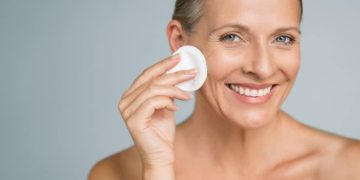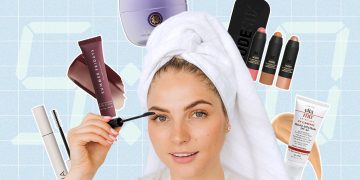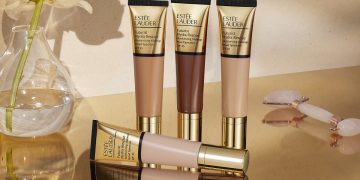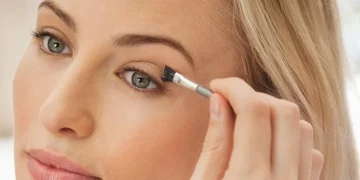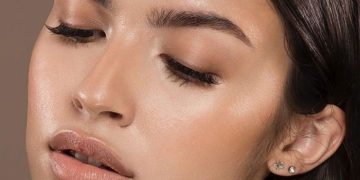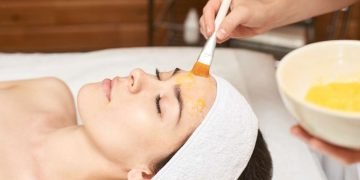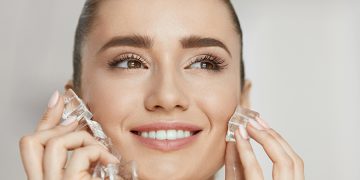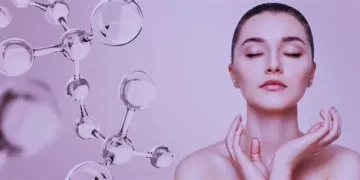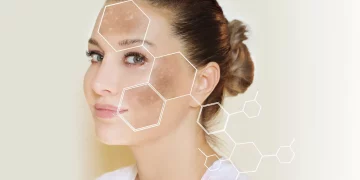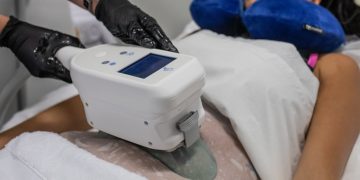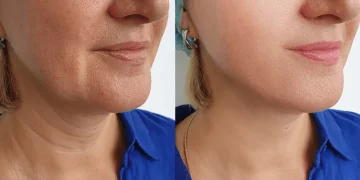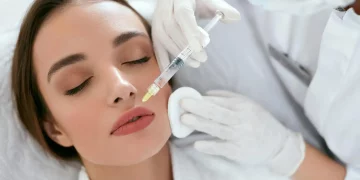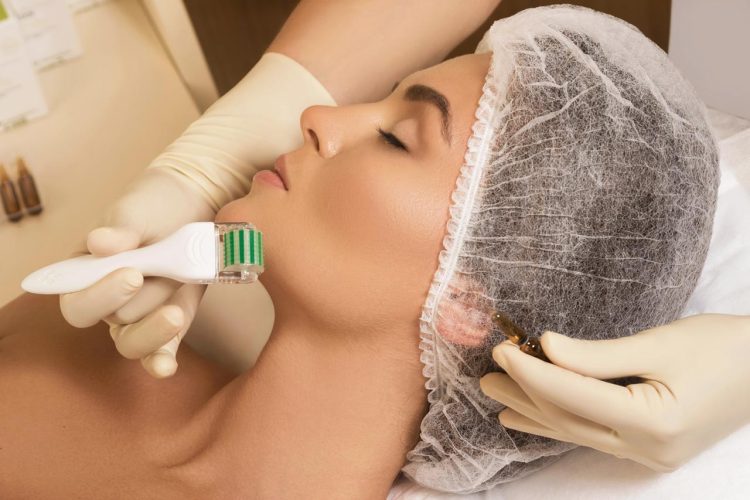Microneedling has been hailed as one of the most effective, minimally invasive treatments for skin rejuvenation. With its ability to improve skin texture, reduce scarring, and even boost collagen production, it’s no wonder that microneedling has become a go-to solution for a variety of skin concerns. But how does it work, what can you realistically expect from the treatment, and who is the ideal candidate? In this article, we’ll explore how microneedling functions, its benefits, and what makes it a transformative option for skin rejuvenation.
What Is Microneedling?
Microneedling, also known as collagen induction therapy, is a minimally invasive cosmetic procedure that uses tiny, sterile needles to create controlled micro-injuries on the skin’s surface. These micro-injuries stimulate the skin’s natural healing process and promote the production of collagen and elastin, which are essential for healthy, youthful-looking skin.
The treatment is typically performed using a dermaroller or dermapen, both of which are equipped with fine needles that vary in length. The needles are gently rolled or punctured into the skin to create thousands of tiny punctures, which encourages the skin to repair itself.
How Does Microneedling Work?
The primary mechanism behind microneedling is the body’s natural response to the micro-injuries created during the procedure. When the skin experiences controlled trauma, it goes into repair mode, triggering the production of new collagen and elastin fibers. Over time, this process can improve the skin’s texture, tone, and appearance.
Here’s a step-by-step breakdown of how the microneedling process works:
- Preparation: Before the treatment, a topical numbing cream is applied to the skin to minimize discomfort. The numbing cream typically takes about 20 to 30 minutes to take effect.
- Microneedling: The practitioner uses a dermaroller or dermapen to create tiny punctures in the skin. These punctures are shallow and controlled, ensuring they do not cause damage to deeper layers of the skin. The needles may vary in length depending on the area being treated and the skin concern being addressed.
- Post-Treatment Healing: After the procedure, the skin will begin to heal by producing collagen and elastin. This healing process continues over several weeks, gradually improving the texture and appearance of the skin.
- Follow-up Sessions: For optimal results, multiple microneedling sessions are usually recommended. The exact number of treatments will depend on the individual’s skin concerns and goals.
The Benefits of Microneedling
Microneedling is a versatile treatment that offers a wide range of benefits for different skin concerns. Some of the most notable advantages include:
1. Improved Skin Texture
Microneedling helps to smooth out the skin’s texture by promoting the turnover of skin cells and increasing collagen production. It is particularly effective for individuals who struggle with rough, uneven skin or enlarged pores.
2. Reduction of Fine Lines and Wrinkles
As we age, the production of collagen and elastin slows down, leading to the development of fine lines and wrinkles. By stimulating the skin to produce more collagen, microneedling can help to reduce the appearance of these age-related signs and restore a youthful appearance.
3. Scar Treatment
One of the most popular uses of microneedling is for treating scars, particularly acne scars. The micro-injuries created during the procedure help break down scar tissue and stimulate the production of fresh, healthy skin. Over time, this can significantly reduce the appearance of scars and create smoother, more even skin.
4. Skin Tightening
Microneedling can also tighten loose or sagging skin, particularly in areas like the face, neck, and décolletage. By boosting collagen and elastin production, microneedling helps to firm up the skin and improve overall skin elasticity.
5. Improved Skin Tone
Uneven skin tone, hyperpigmentation, and sunspots can be minimized with microneedling, as the treatment stimulates skin renewal. The increased cell turnover can lighten dark spots and create a more even complexion.
6. Enhanced Absorption of Skincare Products
Microneedling also improves the absorption of skincare products. The tiny channels created by the needles allow for deeper penetration of serums, moisturizers, and other treatments, increasing their effectiveness. This makes microneedling an excellent treatment to pair with targeted skincare products, such as hyaluronic acid or vitamin C.

Who Should Consider Microneedling?
Microneedling is suitable for most skin types and tones, but there are certain factors to consider before opting for the treatment. Here’s a breakdown of who should consider microneedling:
1. People with Mild to Moderate Skin Concerns
Microneedling is particularly effective for individuals with mild to moderate skin concerns such as acne scars, enlarged pores, fine lines, and uneven skin texture. It’s also a great option for those who want to enhance their skin’s natural radiance and rejuvenate their complexion.
2. Those Seeking a Non-Surgical Solution
If you’re looking for skin rejuvenation but don’t want to undergo surgery or more invasive procedures, microneedling is an excellent alternative. It’s non-surgical, minimally invasive, and has a much shorter recovery time compared to treatments like facelifts or laser skin resurfacing.
3. Individuals with Acne Scars or Post-Surgical Scarring
Microneedling is especially beneficial for treating acne scars, as it helps break down the scar tissue and promotes healing. It is also effective for reducing the appearance of other types of scars, such as post-surgical or stretch mark scarring.
4. Those Looking for a Natural Skin Rejuvenation Treatment
Microneedling is a great option for individuals who prefer a more natural approach to skin rejuvenation. The process stimulates the body’s natural healing response without relying on synthetic products or injectables, making it a great choice for people who prefer holistic treatments.
5. People with Healthy Skin
Although microneedling is safe for most skin types, it’s essential to have healthy skin before undergoing treatment. If you have active infections, open wounds, or certain skin conditions like eczema or psoriasis, microneedling may not be recommended until these issues are resolved.
6. Those Willing to Commit to Multiple Sessions
For optimal results, microneedling typically requires several sessions. If you’re looking for dramatic results, you should be prepared to commit to a series of treatments spaced several weeks apart. Microneedling can provide noticeable results after just one session, but the best results are achieved with consistent treatments over time.
What to Expect During and After Treatment
The microneedling procedure itself is relatively quick, with treatment sessions typically lasting between 30 minutes to an hour, depending on the area being treated. A topical numbing cream is applied to minimize discomfort, but patients may still experience some mild sensation during the procedure, such as a tingling or mild scratching feeling.
After the procedure, the skin may appear red and slightly swollen, similar to the sensation of a mild sunburn. This typically lasts for a few hours to a day. Some patients may experience mild bruising, flaking, or dryness in the days following treatment, but these side effects usually resolve quickly.
The healing process begins immediately after treatment, and results start to become visible after about two to three weeks. Full results can be seen within 4 to 6 weeks as the body continues to produce collagen and elastin.
Possible Side Effects and Risks
Microneedling is generally considered a safe treatment when performed by a trained professional. However, there are some potential side effects and risks to be aware of:
- Redness and Swelling: Mild redness and swelling are common after the procedure and usually subside within a few hours to a day.
- Infection: Although rare, there is a small risk of infection if the skin is not properly cared for after treatment.
- Hyperpigmentation: People with darker skin tones may be at risk for post-inflammatory hyperpigmentation (dark spots) after microneedling, but this can usually be avoided with proper aftercare.
- Skin Sensitivity: The skin may be more sensitive following treatment, so it’s essential to avoid sun exposure and harsh skincare products until healing is complete.
Conclusion
Microneedling is a powerful tool in the realm of skin rejuvenation, offering a non-invasive solution for a variety of skin concerns. Whether you’re looking to improve your skin texture, reduce fine lines, or treat acne scars, microneedling can provide noticeable and long-lasting results. With minimal downtime and a relatively low risk of complications, it’s a great option for many individuals looking to refresh their appearance without resorting to more invasive procedures.
If you’re considering microneedling, it’s important to consult with a qualified dermatologist or licensed practitioner who can assess your skin and determine if this treatment is right for you. With proper aftercare and consistent treatments, microneedling can truly transform your skin and help you achieve a smoother, more radiant complexion.






